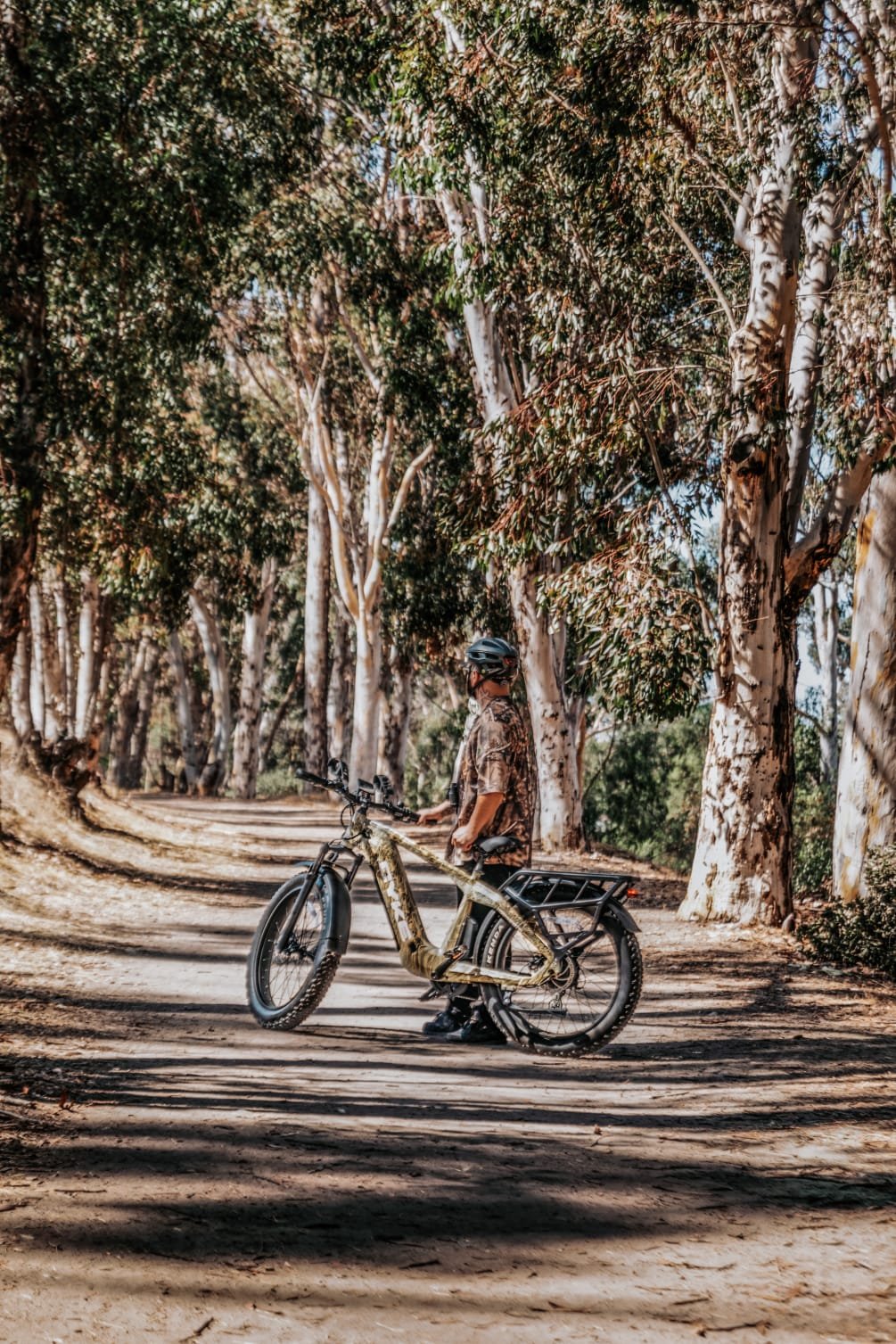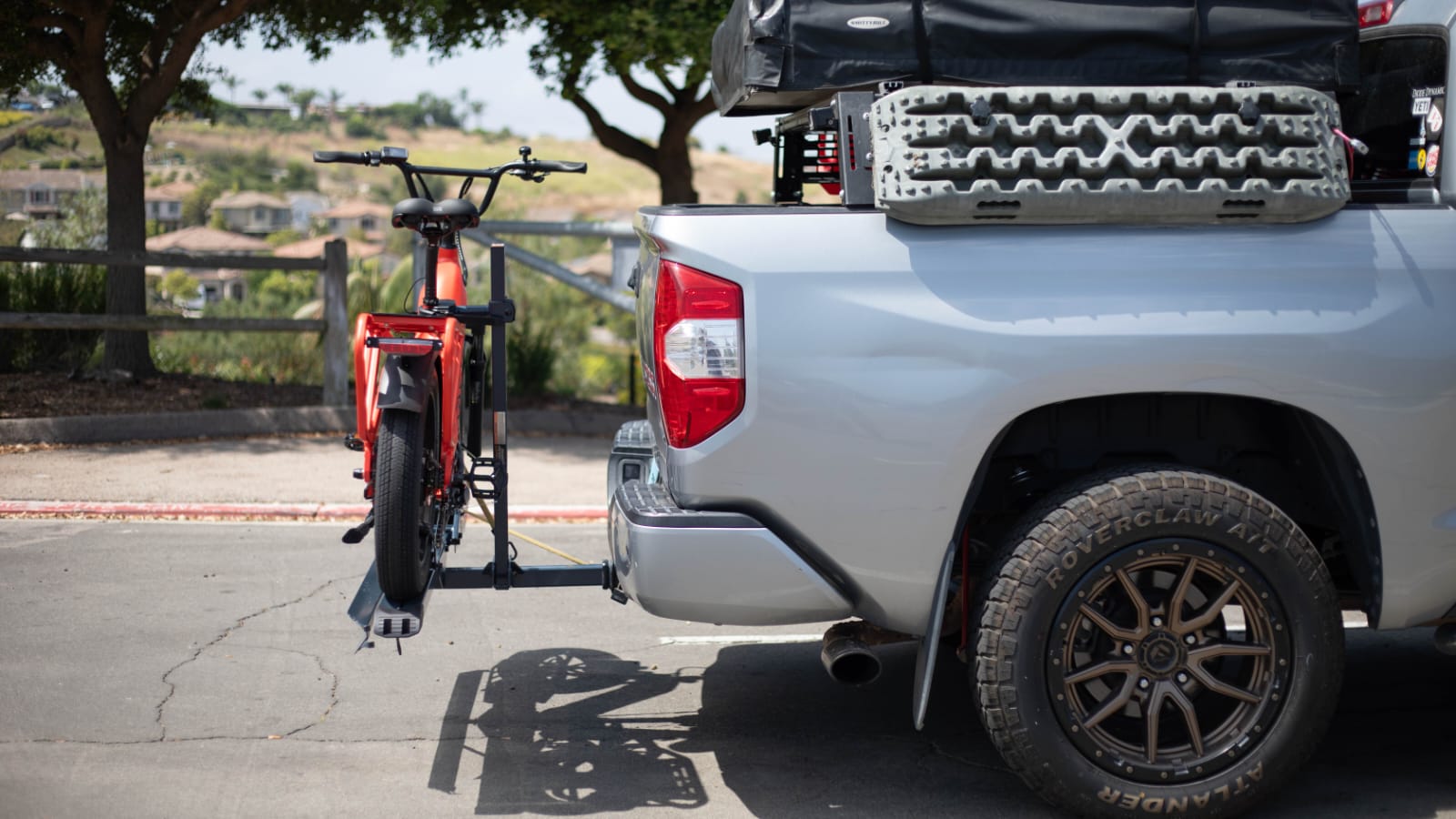The trek to Annapurna Base Camp is an adventure that combines grand vistas, cultural interaction and a sense of history in our quest for the roof of the world. Another teahouse trek, this time located in the beating heart of Nepal’s Annapurna Conservation Area — probably one of the most trekked areas on Earth and which attracts all types to walk here (since it is shorter than Gokyo Lakes back in Everest). The trip starts at the lively town of Pokhara with fantastic Annapurna Mountain range views welcoming trekkers. The trail winds through quaint villages, dense woodlands and near quiet rivers good to deeply plunge in the bosom of nature.
The landscape changes drastically as you climb, and now Annapurna Hike Himamchuli Machapuchare peaks to reveal its grand design. You become more and more in awe of these big trees each step on the well worn paths that bring you closer to them. Along the route there are lovely tea houses that serve as resting places for trekkers, and where they can also see (the friendly) local people, mostly Gurungs or Magars. It gives us a peek into the engrossing local lifestyle and we encounter various culture that dwells unharmed through its remoteness.
But undoubtedly, the journey is not only physical; it also serves as a personal battle of pride and faith. Trudging from butts of terraced fields through to rock scrambles, hikers are pushed and pulled by the challenges that make high-altitude trekking both rigorous and rewarding. Acclimatisation is critical for all attendees to plan out and with the proper altitude sickness knowledge; any trekking traveler can get his safe and enjoyable climb. The friendships you make along the way with fellow trekkers will be lifelong, and that same pain and sense of triumph all becomes sweet memories.
Adventurous travelers will be overjoyed with the diverse range of species that call this land their home. The Annapurna Conservation Area is also rich in biodiversity and you may spot birds of all colors, through to the elusive snow leopard or even a himalayan tahr! Subtropic forests to alpine meadows with changing ecosystems give a wonderful insight into the web of life in one of most difficult environment on earth, The Himalaya.
The feeling then grows into the bigger sense of accomplishment as you arrive exhausted to Annapurna Base Camp 4,130 meters high. Trekker’s camped in the shadows of spectacular peaks at one of nature most awesome amphitheaters. Now, this feeling of relaxation and fulfilment is second to none — reward comes after effort.
The trek to Annapurna Base Camp is not just an adventure, it has the power to make a lifelong imprint on your heart and soul. Cultural wealth coupled with personal challenges combines to make the hike a life-changing adventure that holds memories for a lifetime. Those who dream of exciting travel experience, breathtaking beauty and human connection Annapurna Base Camp trek is definitely one for the bucket list.
Annapurna Base Camp Trek Intro
Annapurna Base Camp is one of the world’s most iconic treks and draws hikers from every corner of earth. This trek in Nepal offers a wonderful combination of breathtaking beauty, cultural diversity and deep Himalayas- the world’s tallest mountain chain. Featuring a trail that’s clearly way-marked throughout, the trek takes around 10-14 days to complete and starts in the attractive town of Pokhara.
As hikers climb, they can get some of the best views ever seen – cannot be expressed in words to describe if you are as obnoxious like me by mentioning them — Annapurna massif with worlds its few highest peaks including Annapurna I and Machapuchare. Besides, the trek unfolds some stunning terrains and introduces you to beautiful people of Gurung & Magar community. It is the perfect blend of natural beauty, cultural wealth and high-altitude trekking (and a bit lower too), leaving trekkers with long-lasting memories of adventure to remember by for years after they have retired back home.
Why You Need to Plan a Visit Annapurna Base Camp
Annapurna Base Camp is a paradise for trek lovers who aspire to witness something extraordinary in the Himalayan region. The journey provides you with a breathtaking panorama of what are arguably the most beautiful peaks in the world: Annapurna massif – an almost perfect magnetic combination of bungee summits and magnificent glaciers. And this is combined with the variety of ecosystems hikers will trail through — from dense subtropical forests to open alpine meadows all showcasing wildlife and vibrant vegetation.
Additionally, the cultural depth of area boosts the feel to your trek.plot Visit of the local Gurung and Magar communities will let you to explore their traditional village, customes as well with there warm hospitality. As the visitors pass through, they may also participate in local festivals and taste authentic Nepali food as well witness traditional handicrafts making this trip physically demanding yet culturally rewarding.
Since Annapurna Base Camp is located at an elevation of 4,130 meters and the immense feeling of accomplishment upon arrival offers a very strong emotional incentive. Surrounded by the peaks, here trekkers feel whoosh of nature that is really a life changing experience. Hence, Annapurna Base Camp is yet a polestar destination for adventure junkies all over the universe.
Trek Planning: Points to Consider
Annapurna Base Camp Trek Planning comprises such essential things that can help you for mediatory ensuring the perfect and hassle-free adventure trip. The First and Foremost thing is to Select the Perfect Time for Trekking You would want to go during spring (March – May) or autumn (September- November), as the weather is more predictable and views are not blocked by clouds. The trekking duration is generally spread over 10 to 14 days, and knowing that can assist you in planning your trip accordingly.
Also important to consider: trekking permits. All trekkers are required to obtain the Annapurna Conservation Area Permit (ACAP) as well as a Trekkers’ Information Management System (TIMS) card. It is better to pre-arrange these permits either from trekking agencies or locally in Pokhara.
Moreover, it is essential to choose the right trek as there are multiple choices available that offer treks for people of all fitness levels and taste. How you choose to go about trekking can also affect what it is like because guided treks have their own locally produced way of doing things that cannot be ethically copied. Similarly, if you are hiking anywhere at higher altitudes it’s a good idea to understand the signs and symptoms of altitude sickness along with some strategies for acclimatizing properly as this can significantly impact yourw safety on a trail.
Physically and mentally prepping
Going on the Annapurna Base Camp trek demands from you and asks for much more than just physical devotion. The trek is many days long and involves a decent amount of hiking, usually at high elevations — so being active leading up to your trip definitely helps. An effective fitness program is one that includes cardiovascular work, such as long-distance running or longer swims to boost endurance. Also, other strength training should include legs muscles, core stability and balance to cope with different types of surface.
Practice hikes are a great addition to your training routine. Over time your body will build the endurance, strength and resilience to withstand long days on mountain trails. Be Sure To Get Some High-Elevation Hikes In If At All PossibleThis will help you get better at hiking mountains.
Your mind must be ready as well. The hike is tough and one really has to keep a motivational attitude in order to get over the obstacles. Knowing the route and what to expect can go a long way toward keeping things realistic. Visualizing oneself trek with success can also increase confidence as well motivation. Finally: accept your adventure, and go with the flow when things change so you can enjoy every second of what Annapurna Base Camp trekking has to offer!
Top 10 survival gear and equipment list
What To Pack For Annapurna Base Camp Trek Having a packing list makes sure you are ready for the different weather and terrains that will come your way. Step 1: A great backpack that is a comfortable fit, has room for everything you need and can be carried comfortably — think something around the range of 50–70L.
Clothing is obviously a huge factor, the name of this game is layering when it comes to being able to acclimate yourself from one place that may be cold for another. Be sure to wear a moisture wicking bottom, followed by insulating mid-layer(s) like fleece, and ending with something waterproof & windproof. Trekking boots — Whether you are walking on a dry rocky path or slogging through wet terrain, waterproof sturdy trekking boots will be perfect for your needs. Insulated/ Warm socks to keep the cold at bay and help prevent blisters.
You still need a good cold rain sleeping bag, as temperatures drop at night the higher you go. Sunscreen and insect repellent ♡ First Aid Kit —> you want to be safe on the trail! Water is essential so a sturdy water bottle or hydration bladder, and maybe some water purification tablets as well.
And finally, load trekking poles (to help you balance on uneven terrain), a flashlight or headlamp when the sun is still sleeping in its bed or later into your day and of course: a camera to register those unforgettable moments. Having proper equipment is further going to make you more comfortable and overall it will add up to a much safer, enjoyable trek!
The Trekking Way: Hello Guys What We Are Awaiting
It offers an incomparable and dramatic experience on its trekking towards Annapurna base camp as you move through distinctive terrains with mesmerizing views. Your trek commonly begins from Nayapul hiking uphill through beautiful settlements such as Tikhedhunga and Ghorepani. The first legs of the journey take hikers through alpine rhododendron forests and past springtime wildflowers. The walk increasingly becomes a series of steep stepped terraces fields and high stone staircases that seem to reach for the very heavens, with every step your closer via width gaze up at Marpa Jayseling mountain which is hiding its other side but visible from top hill.
It is a well-marked trail fit for trekkers of all experience levels with decent fitness. The journey comes with different viewpoints, one of the best is sunrise over The Himalaya from Poon Hill The sights only get better as you keep on walking, bird view of Annapurna massif being the highpoint and traditional stone houses appear discreetly every now and then! The last few hours of walking before Annapurna Base Camp are the epitome, as we become surrounded by high peaks creating a 360° natural amphitheater; it takes your breath away and gives you chills all at once.
Altitude Acclimatization and Awareness
At over 4130+ meters, you cover more and more altitude doing Annapurna Base Camp trek so Acclimatization is very important. When used correctly, acclimatization helps your body adapt to the lower levels of oxygen in the mountain air and so reduces altitude sickness. You need to include rest days in your travel itinerary to help this transfer. Trekkers should rise steadily, going from close to 300-500m in elevation each day.
Understanding the symptoms of altitude sickness, including headaches, dizziness and nausea is crucial to having a safe trekking experience. If symptoms occur, notify your group and guide to plan for descent if necessary. Acclimatise — across three levels, Keep hydrated and Eating well helps Walking at a slow pace as per your body capacity and taking breaks whenever require will not only give you an even better experience of how beautiful the view is, but also make sure that you don´t ruin your health.
Trekking Safety with Guy Who Got Lost and Almost Died!
Trekking up to Annapurna Base Camp safety is the number one priority for any trekker. One, is to never trek alone; it makes you safer and can give you a person or people along for morose stretches. A good trekking company can provide you with great support and guidance, which is important even if only for the peace of mind it provides.
Do not go unprepared; make sure you are physically fit and know the way of trek. Their kit should always include basic first aid and altitude sickness meds. It is also recommended to keep a fully charged mobile or satellite communication device in case of an emergency, as in some areas you might spend the night away from civilization.
The weather in the mountains can change very quickly so make sure to check up-to-date forecasts and keep a good rain gear, proper layering system as well as warm clothes. Typical of high mountain terrain, the weather can change rapidly so packing good clothing in layers makes adapting to these changes possible. Also, watch where you are going as sometimes the rocks will have jagged edges and can be slippery. As You Relax And Let Nature Keep Its Course, Your Safety Is Guaranteed To Get About Safely On This Awesome Adventure!
Trail Cultural Experiences
A trek to Annapurna Base Camp provides a wealth of other experiences in Nepalese highland culture that give you much more insight into and appreciation for the area. You get to meet the local Gurung and Magar in traditional villages like Ghandruk or Chhomrong as you pass. This interactions will give you an incentive on their own ways of doing things, customs and traditions.
Often this predisposes them to the local festivals or events, which allows visitors a taste of what makes up that vibrant culture. You can see traditional dances, listen to local music and even take part in communal activities designed for you to feel as one with the people(heritage).
Many tea houses along the trekking route also show their sign of local culture by how they decorate and welcome you. I had many meals prepared from local ingredients and tasted Nepali food in its most authentic. Being in contact with the natives and knowing their farming techniques, religious beliefs etc. add another dimension to your trip which means it is more than a physical challenge but instead becomes an exploration of culture as well.
Facilities on food and accommodation
Both food and accommodation are part of the Annapurna Base Camp trek that add so much fun to this olfactive experience. Rest in the comfortable facilities found at tea houses and lodges along the route enables trekkers to refresh before continuing with next days itinerary. They all range in amenities, but most have simple dormitory-style lodgings with a common bathrooms and linens provided on warm bedding as well communal dining areas to meet fellow travelers.
Tea house meals are varied: you can choose from staples like dal bhat (lentil soup and rice), to more western offerings of pasta or pizza. Many of the ingredients are sourced from neighboring villages keeping a local flavor and preventing maladies for trekkers due to rotten vegetables that do not adapt well in high-altitude environments It is important to eat plenty of your favourite foods as the body needs fuel for those energy levels, so enjoying a range of good menus will cater well on trek.
Most lodges also create a friendly environment which allows trekkers of different cultures to interact and get acquainted with each other. Like any lasting life experience, gathering around a pot of boiling soup and exchanging some stories from the long day on foot stays with you forever. The delicious food and twinkling fireplaces at your half-way home in Annapurna Base Camp set the tone for comfort so you can enjoy what matters most, which is not hoarseness from all that soup consumption.
Best of the scenic and photographic opportunities
Given the Annapurna Base Camp trek, it simply is one of a kind paradise for photographers to lure their eyes with enormous sceneries that depict quintessence of Giant Himalayas. As you walk along the path, prepare yourself to observe lovely scenes coming your way: lavish terraced fields and bright crimson rhododendron forests as well as breathtaking mountain views manifest with every step of yours. Iconic viewpoints like Poon Hill offer mesmerizing sunrise that’s a must-click moment as the first light of day hits the snowy peaks and glows in golden colors.
However, when you near the Annapurna Base Camp, panorama fueled vistas grow even more impressive. At 4,130 meters trekkers are surrounded and dwarfed by giants of Annapurna I, II & IV; Machapuchare (Fishtail) settles at a modest height for the first time since you began this trek. Combining blue skies with pure white snow creates dramatic photography moments ideal for showcasing the grandeur of Himalayas.
Excitable wildlife photographers will be able to get some stunning shots of rare flora and fauna you might come across on this route, as well as adding man-made traditional villages with friendly local faces which always makes for incredible photos. Mornings are particularly special when it comes to photography, so get some early nights ahead of your trek and plan an itinerary that allows you to walk in the golden hours at either end of each day. Every snapshot I have taken in this journey reminds me of a fantastic voyage.
Managing Costs and Budgeting
We understand how much budgeting your Annapurna Base Camp trek means to you. Costs can definitely depend on your taste and style of travel, so knowing some of the big ticket items will help you budget better.
The main costs will be licenses, lodging, dinner and transport. You will often need to pay around $50 for the Annapurna Conservation Area Permit (ACAP) and a separate TIMS card. Tea House Accommodation: $5-$20 per night, depending on the location and amenities available.
# 6 International-Common We walk on an everyday price, and the cost of food may vary from overseas to local! Budget about $15 to 30 per day for food. Also keep in mind that you can get a private car or local bus to take you from Pokhara to Nayapul if possible, at around $10–$15.
You should budget for a little extra to account the additional costs of things like hiring guides/ports, buying gear or just simply do some local experiences. Prepare your trek and keep account of your expenditure to have a stress-free time as you walk the trails.
While You Trek, Be Ecological Responsible
Trekking to Annapurna Base Camp is not only a matter of individual thrill and adventure, but environmental responsibilities should be taken care off as well since this place holds the naturalness that has no more left in many places on earth. As trekkers ourselves, its our responsibility to protect this pristine environment and have as little impact on it is possible for future generations.
First and foremost, adhere to the “Leave No Trace” principle: this means leaving nothing behind except footprints, taking out everything you bring in with you for proper disposal and respecting local flora and fauna. Biodegradable toiletries and low-plastic options are a huge step towards decreasing your impact on this planet. And finally, since some tea houses are adopting eco-friendly practices (composting and solar use), support of those initiatives promotes sustainability.
Involvement in regional beautification agencies like litter pickup workshops is another means of spurring interest and maintaining environmental consciousness. You reduce your impact on the ongoing conservation of the Annapurna region by making mindful decisions and choices along your trek. Protecting the land is important because it keeps this amazing place wild and pristine for trekkinguse, enjoyment and as a source of inspiration to future generations.
Base Camp Achievement Celebration
Finally getting to Annapurna Base Camp is a huge accomplishment and deserves recognition as such. An awe-inspiring moment after days of trekking and forging through any physical barrier to reach there, you stand at the foot some of the highest peaks in this planet. This milestone represents more than just getting to a point; it signifies perseverance, grit and development as an individual.
When you get there take your time to admire the beauty of what lies around you and collect yourself. Most trekkers usually take a photo with an Annapurna background to mark this magnificent achievement. The shared experience with other trekkers can help to bond a sense of camaraderie, and often results in impromptu celebrations over campfire cooked meals or during story-telling session.
I treated myself to a lovely meal at one of the many tea houses scattered throughout Kathmandu where you can feast for days after trekking. There is an awesome vibe at base camp as all the effort, hustle (and sore ass minds) get to come together and celebrate. Be it in the solitary contemplation of a person among their thoughts or with fellow travelers around abundant fare, this occasion is a party that heralds an extraordinary voyage.
Take away: Reflecting on Your Work of Art
Annapurna Base Camp trek not only opens the adventure gate to some of the world’s breathtaking landscape but also a life-changing trip allows you discover your inner instincts. As you reminisce about your journey think of the breathtaking landscapes that crossed, obstacles will have been overcome and friendships made with other trekkers not to mention in modest local villages. Every part of the trek, from stunning views to dynamic cultural immersion makes him love Mother Nature even more.
In this adventure, we all learn about not only the resilience of these khulan and their collaborative friendship but also how crucial environmental stewardship is. And the relationships made are often close-knit ones between trekkers — camaraderie forged through tough moorland, open lands and high passes.
It’s many times inspiring and upon return from the trek, will find that on their travel again to experience more around of the world. This trek at Annapurna Base Camp not only gives the adrenaline of a true adventure, but also leaves you in awe with so much beauty and gratitude to mother nature for planting within herself such an inner power-desserted over evel- world. In the end, While the final step has taken this is a trek that goes way beyond just being stunned by father Himalayas and may be can struck you in your inception of certain personal growth forever long.











